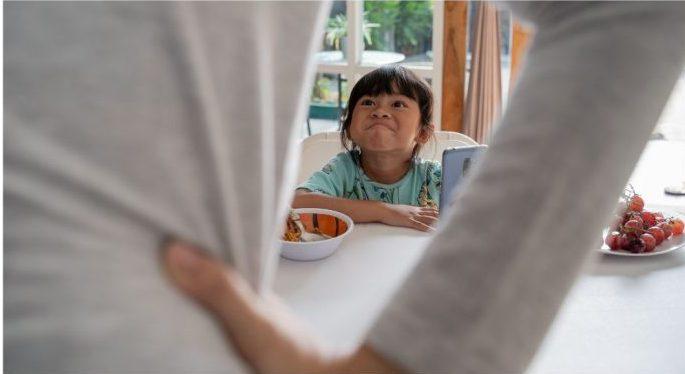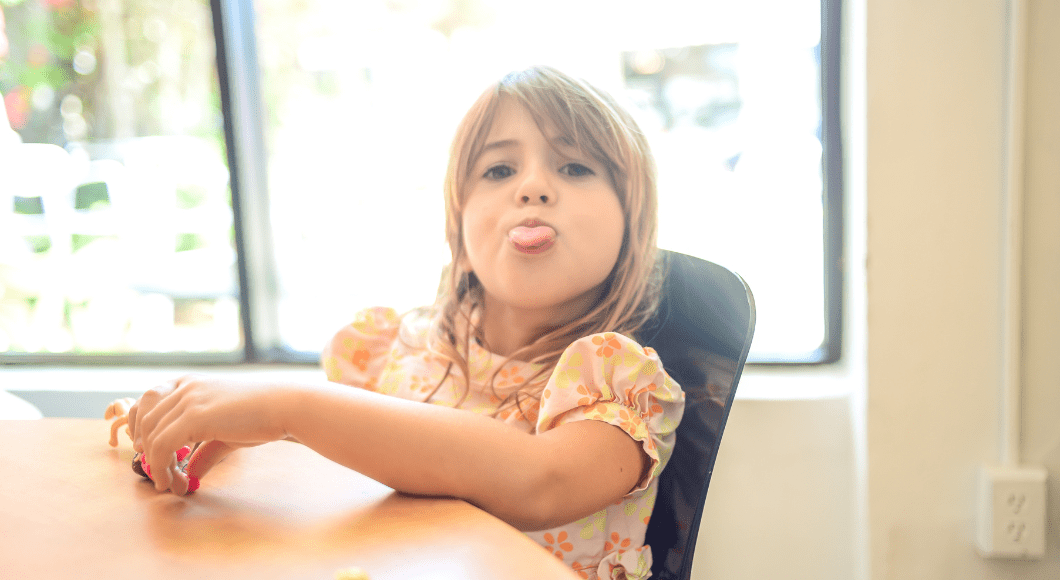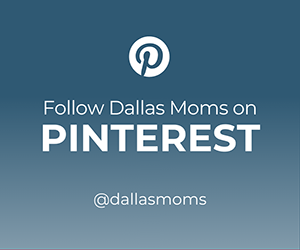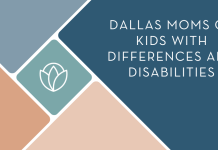As a seasoned counselor, it no longer surprises me when parents tell me they wish their kids were less angry. Many people have a complicated relationship with anger.
“He just gets so angry, and I don’t know how to make it stop.”
“She goes from zero to 100 so fast. I just wish she wouldn’t get so upset.”
It’s easy for parents to villainize anger — and not just the anger our kids feel. Moms talk to me about the guilt they experience after feeling angry about something related to motherhood or parenting. I remind caregivers that feeling angry in particular situations can be a healthy response. There’s no such thing as a “bad” or “good” feeling. Instead, I try to coach parents in helping assess whether a feeling matches a particular situation.

If someone does something mean to my child, feeling happy would not make sense. Anger is the signal that we’re not comfortable or okay with what happened. It also is an indicator that perhaps a boundary has been violated. I suggest my client’s start to get curious about their anger. It could reveal something about you that might be important to accept.
Our discomfort with anger can stem from a couple of beliefs. Some people confuse ange –, the feeling — for disobedient or disrespectful actions. Other people can experience a lot of shame when feeling angry, so therefore want to stop their children’s feelings of anger. Women and girls especially, might have grown up in homes where feeling angry and being a “good girl” were not synonymous.
If you struggle to make space for your child’s feelings when upset, here are some suggestions that could help.
Distinguish Feelings from Behavior
There is a big difference between feeling angry and being angry. I often tell clients all feelings are acceptable, but all behaviors are not.
If your reflex is to stop your child’s anger, is it the feeling that bothers you or are there behaviors that you’re trying to prevent? Anger is a dynamic feeling, so it is hard for the little people in our life to be able to distinguish feeling from behavior. They might see it all as the same thing. It is important we help our kids identify what they can do when feeling angry. Some examples might be journaling, moving our body in safe ways, breathing exercises, or coloring.
>> Related Read :: How To Manage Your Child’s Protests When Creating Boundaries <<
Difference Between Girls and Boys (Usually)
In a very generalized way, you might notice how your son handles feeling angry and how your daughter might process the exact same feeling. When we don’t give space for big feelings, it can be challenging for kids to process what is happening and why it is happening.
For many boys, suppressed anger might present in a physical way like hitting and biting. It isn’t unusual that for many girls suppressed anger might be more of an inward experience and result in depressive-like symptoms.
 Anger as a Secondary Emotion
Anger as a Secondary Emotion
Many clinicians refer to anger as a secondary response to another feeling. The Anger Iceberg illustration helps us visualize how anger might actually stem from feeling something more tender-hearted, like embarrassment or disappointment. Once the anger evaporates, I encourage caregivers to engage in curiosity about what the primary feeling might be.
Ask your kids about what happened before they started to feel angry. The self-awareness in knowing what triggers anger can be helpful to your child as they continue to develop.
>> RELATED READ :: Games to Grow Executive Functioning Skills in Children {VIDEO INCLUDED} <<
Don’t Take Other People’s Anger Too Personally
I know it’s easier said than done. As a parent, I am often reminded that I do not get to tell my kids how to feel, but I can coach them through how to respond to what they are feeling.
When one of my kids might be upset about having to unload the dishwasher, it no longer affects me. As long as the dishwasher is being unloaded, I believe my kid has the right to feel whatever he or she wants to about it. Their anger does not have to become my anger. My ability to regulate my emotions, despite their feelings, is crucial in kids learning how to regulate their own feelings.
When we give our kids permission to feel their feelings, we’re setting a foundation of emotional awareness and acceptance. When our kids are feeling angry, they aren’t being “bad kids,” instead they’re being human.













